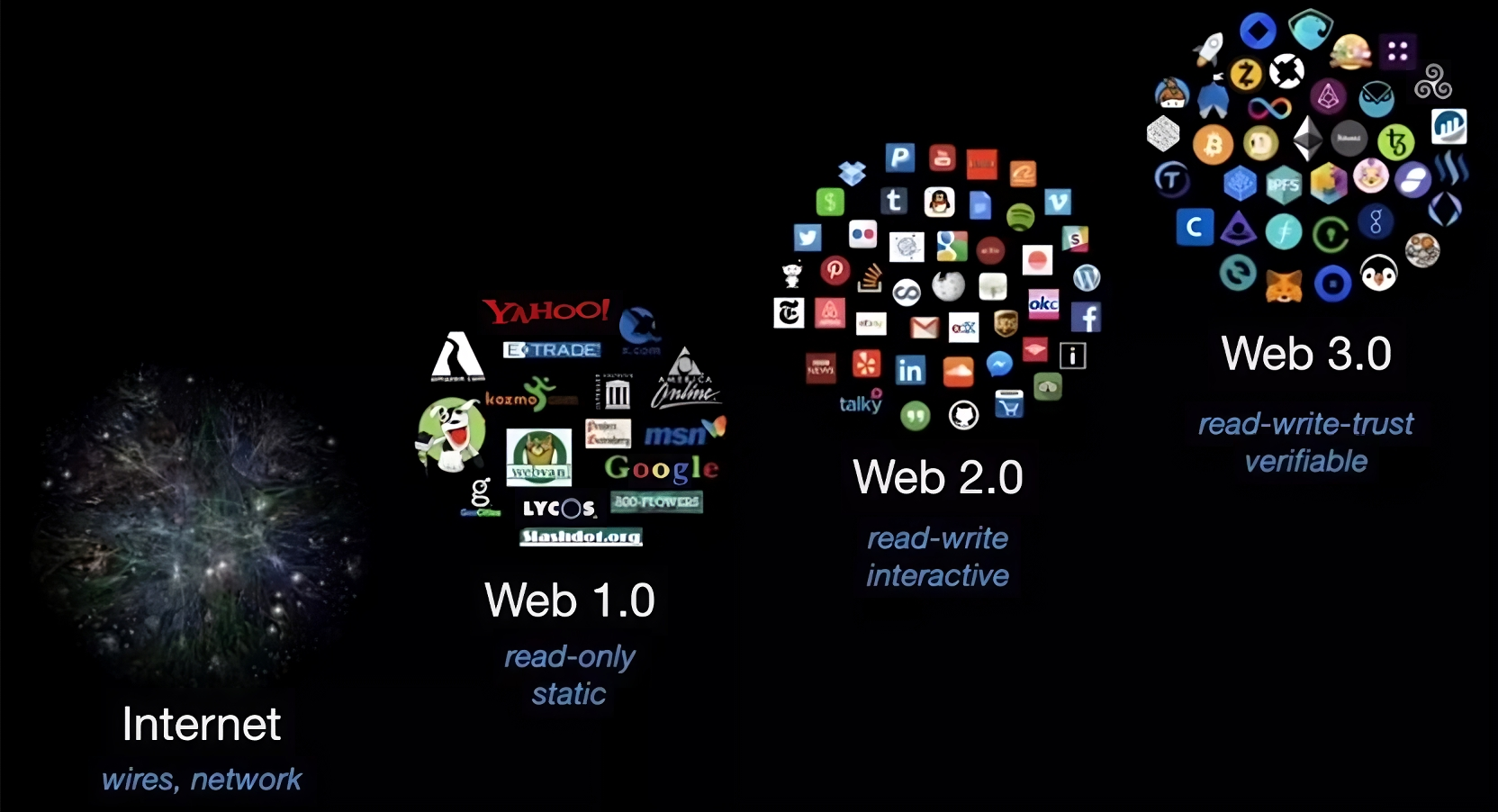First, there was web1 – as the story goes, was the era of decentralized, open protocols, in which most online activity involved navigating to individual static webpages. Web 2.0, which we’re living through now, is the era of centralization, in which a huge share of communication and commerce takes place on closed platforms owned by a handful of super-powerful corporations. Web3 is supposed to break the world free of that monopolistic control, But what is it, exactly?
At the most basic level, Web3 refers to a decentralized online ecosystem based on the blockchain. Platforms and apps built on Web3 won’t be owned by a central gatekeeper, but rather by users, who will earn their ownership stake by helping to develop and maintain those services.
Following are few core principles that guide its creation.
Web3 is decentralized: Instead of large swathes of the internet controlled and owned by centralized entities, ownership gets distributed amongst its builders and users.
Web3 is permission less: everyone has equal access to participate in Web3, and no one gets excluded.
Web3 has native payments: it uses cryptocurrency for spending and sending money online instead of relying on the outdated infrastructure of banks and payment processors.
Web3 is trustless: it uses cryptocurrency for spending and sending money online instead of relying on the outdated infrastructure of banks and payment processors

